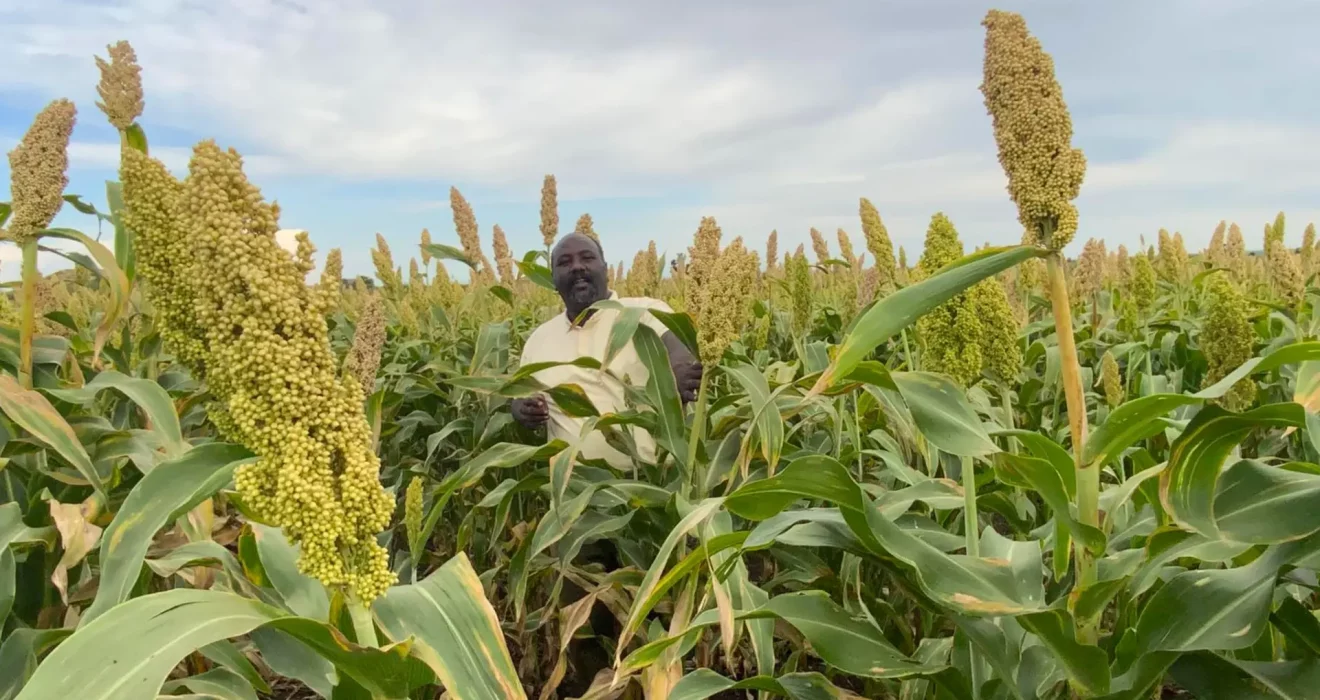Drought adaptation in crops is a pressing concern amidst escalating challenges to global food security. With changing climate patterns exacerbating the frequency and severity of drought events, traditional approaches to crop resilience have proven inadequate. Often, research efforts narrowly target extreme drought scenarios, neglecting the intricate interplay of factors influencing drought adaptation. Consequently, there is a growing recognition among international researchers of the imperative for a holistic approach to tackle this multifaceted issue and Drought Solutions.
By adopting a holistic perspective, researchers aim to transcend the limitations of conventional methodologies and embrace a comprehensive understanding of drought tolerance in crops. This entails recognizing the diverse manifestations of drought and the complex array of physiological mechanisms underlying crop responses. Furthermore, it involves integrating insights from various disciplines, including genetics, physiology, agronomy, and modeling, to develop nuanced solutions tailored to diverse environmental contexts.
In essence, the call for a holistic approach represents a paradigm shift in the approach to drought adaptation in crops, emphasizing the need for collaborative, interdisciplinary efforts to address this critical challenge to global food security.
The Complexity of Drought Adaptation
Drought adaptation in crops, as elucidated by Associate Professor Karine Chenu, embodies a multifaceted challenge that requires a nuanced approach. Chenu’s emphasis on the intricate nature of this adaptation underscores the diversity of drought types and their differential impacts on crop physiology. From prolonged dry spells to intermittent water scarcity, each drought scenario presents unique stressors that demand tailored responses from crops.
Furthermore, Chenu’s insight into the complex physiological traits involved in crop responses highlights the dynamic nature of drought adaptation. While certain traits may confer resilience in one environment, their efficacy may be compromised in another, emphasizing the importance of context-specific solutions. This variability underscores the inadequacy of uniform strategies and underscores the necessity of embracing complexity in agricultural research.
In essence, Chenu’s perspective underscores the critical need for interdisciplinary approaches that integrate insights from physiology, genetics, agronomy, and environmental science to develop holistic solutions to enhance crop resilience in the face of diverse drought challenges.
Beyond a One-Size-Fits-All Approach
Dr. Vincent Vadez’s assertion underscores the limitations of conventional, one-size-fits-all approaches to mitigating drought challenges in agriculture. His emphasis on the inadequacy of simplistic strategies highlights the need for a paradigm shift towards more nuanced and integrated methodologies. Vadez elucidates that while certain traits may exhibit efficacy in particular drought scenarios, they may present trade-offs or even prove counterproductive in others.
By advocating for a more integrated approach, Vadez calls for the collaboration of diverse expertise and the utilization of a variety of tools to address the multifaceted nature of drought resilience. This approach recognizes the complexity of crop responses to drought and acknowledges the dynamic interactions between genotype, phenotype, and environment. Ultimately, Vadez’s perspective encourages the agricultural community to embrace complexity and adopt innovative, interdisciplinary strategies to enhance crop resilience and ensure global food security in the face of mounting drought challenges.
The Synergy of Multidisciplinary Collaboration
The synergy of multidisciplinary collaboration represents a cornerstone in the quest for comprehensive solutions to drought adaptation in crops. Dr. Vadez’s emphasis on collaboration across diverse disciplines such as physiology, modeling, genetics, and breeding underscores the importance of integrating varied perspectives and methodologies. While each domain offers valuable insights and capabilities, it is through the harmonious integration of these elements that effective problem-solving can be achieved. Dr. Vadez’s call for assembling expert teams highlights the necessity of harnessing collective knowledge and skills to address the complex challenges posed by drought resilience in crops. This collaborative approach not only fosters innovation but also ensures that solutions are robust and tailored to the diverse needs of agricultural systems worldwide.
Selecting Traits for Target Environments
A key aspect of enhancing drought adaptation involves selecting appropriate traits tailored to specific environments. Dr. Chenu emphasizes the significance of identifying traits that align with target environments to optimize crop performance. This process involves the development of advanced phenotyping methods and the screening of numerous genotypes to pinpoint genomic regions of interest. Additionally, integrating crop models with genomic data enhances predictive capabilities, aiding breeders in selecting optimal genotypes for desired environments.
Integrating Knowledge for Enhanced Predictions
The integration of diverse knowledge domains, including biophysical, agronomic, and genomic data, facilitates more accurate predictions of genotype performance in varying environments. Dr. Chenu underscores the importance of integrating crop models with genomic information to obtain comprehensive insights into genotype-environment interactions. This integrated approach enables breeders to make informed decisions regarding trait selection and cultivar development, ultimately enhancing crop resilience to drought.
Conclusion
In conclusion, addressing the complex challenges of drought adaptation in crops necessitates a holistic and multidisciplinary approach. By leveraging diverse expertise and integrating knowledge across disciplines, researchers can develop tailored solutions to enhance crop resilience to drought. Collaboration, innovation, and the synergy of various tools and methodologies are essential for effectively addressing the multifaceted nature of drought tolerance. Through concerted efforts, the global agricultural community can mitigate the impacts of drought on food security and pave the way for sustainable crop production in the face of changing environmental conditions.

